Home>Furniture & Design>Interior Design Trends>How Many Calories Is A Glass Of Red Wine?
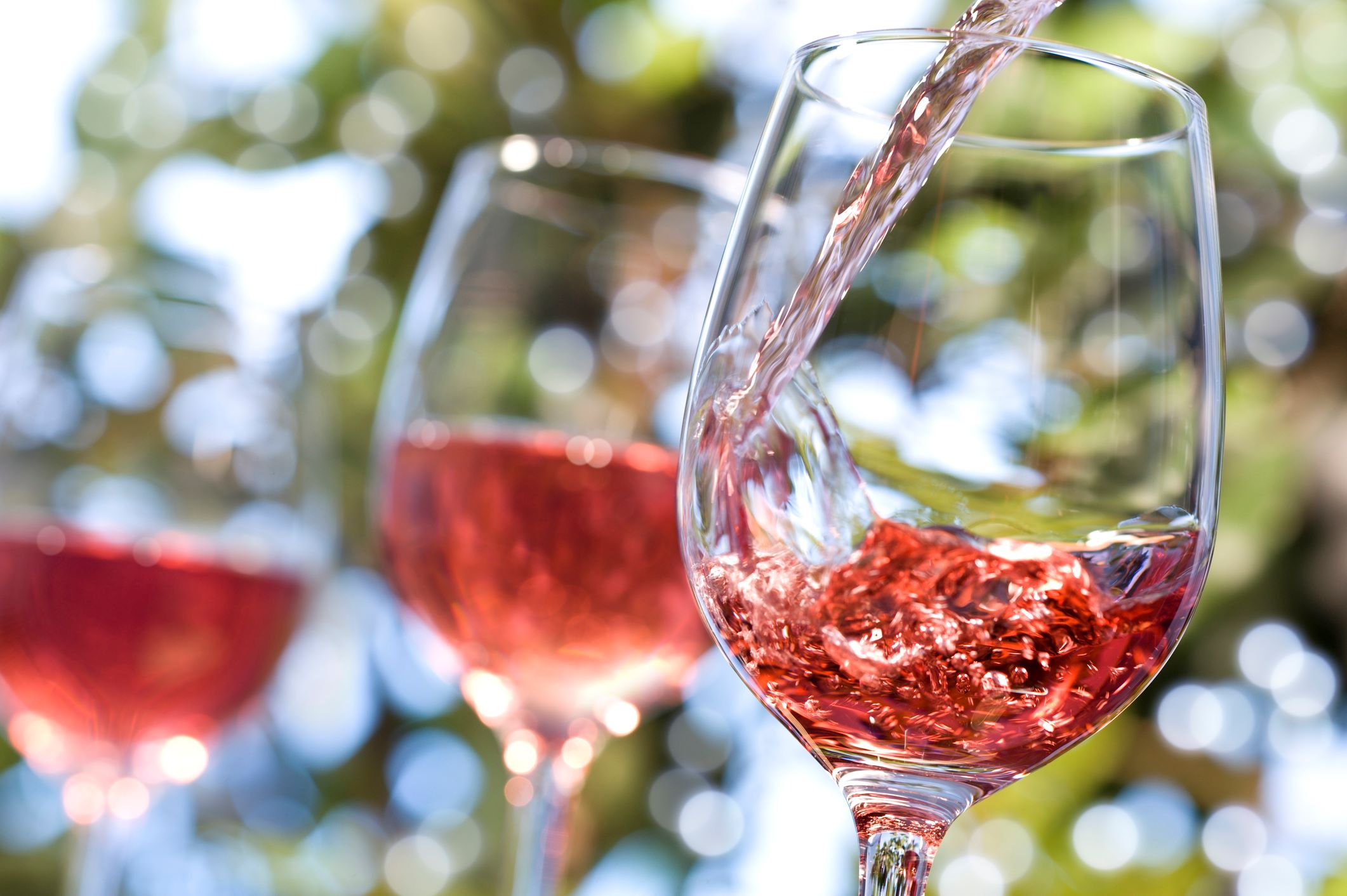

Interior Design Trends
How Many Calories Is A Glass Of Red Wine?
Modified: February 18, 2024
Discover the latest interior design trends and learn how many calories are in a glass of red wine. Stay updated and informed with our expert insights.
(Many of the links in this article redirect to a specific reviewed product. Your purchase of these products through affiliate links helps to generate commission for Storables.com, at no extra cost. Learn more)
Introduction
Red wine has been a beloved beverage for centuries, celebrated for its rich flavors, cultural significance, and potential health benefits. As a popular choice for social gatherings, romantic dinners, and relaxing evenings at home, red wine holds a special place in the hearts of many. However, for those mindful of their calorie intake, the question often arises: How many calories are in a glass of red wine?
Understanding the calorie content of red wine is essential for individuals seeking to maintain a balanced and healthy lifestyle while still indulging in the pleasures of a good glass of wine. While it's true that red wine contains calories, the amount can vary based on several factors, including the type of wine, serving size, and alcohol content. By delving into the nuances of red wine's calorie content, we can gain a clearer understanding of how to enjoy this beloved libation in moderation without compromising our health and wellness goals.
In the following sections, we will explore the calorie content of red wine, the factors that influence its calorie count, and how it compares to other alcoholic beverages in terms of caloric density. Additionally, we will provide practical tips for managing calorie intake while savoring red wine, empowering individuals to make informed choices that align with their dietary preferences and overall well-being. Let's embark on this journey to unravel the mysteries of red wine calories and discover how to strike a harmonious balance between indulgence and mindful consumption.
Key Takeaways:
- Red wine contains about 125 calories per 5-ounce serving, but factors like alcohol content and sugar levels can affect the calorie count. Enjoying red wine in moderation can be part of a balanced lifestyle.
- When compared to beer, spirits, and cocktails, red wine generally offers a moderate calorie count per serving. Choosing lower ABV wines and mindful pouring can help manage calorie intake while still enjoying the pleasures of red wine.
Read more: How Many Calories In A Glass Of Red Wine
Understanding the calorie content of red wine
When it comes to understanding the calorie content of red wine, it's essential to recognize that this beloved libation does indeed contribute to one's overall caloric intake. The calorie count of red wine primarily stems from its alcohol and sugar content, both of which play a significant role in determining the beverage's energy value.
On average, a 5-ounce (148-milliliter) serving of red wine contains approximately 125 calories. However, this number can vary depending on several factors, including the specific type of red wine being consumed. For instance, sweeter red wines, such as Port or some Zinfandels, tend to have a higher sugar content, which can elevate their calorie count compared to drier varieties like Cabernet Sauvignon or Merlot.
Moreover, the alcohol by volume (ABV) of red wine also influences its calorie content. Generally, the higher the ABV, the more calories the wine will contain. This is due to the fact that alcohol itself is energy-dense, providing approximately 7 calories per gram. As such, red wines with a higher alcohol content will contribute more calories per serving than those with lower ABV percentages.
It's important to note that while red wine does contain calories, it also offers potential health benefits when consumed in moderation. The presence of antioxidants, such as resveratrol, in red wine has been linked to various health advantages, including cardiovascular support and potential anti-inflammatory effects. Therefore, individuals can appreciate red wine not only for its sensory pleasures but also for its potential positive impact on overall well-being.
By understanding the calorie content of red wine and the factors that influence it, individuals can make informed decisions about their dietary choices and consumption habits. Whether enjoying a glass of full-bodied Cabernet Sauvignon or a lighter Pinot Noir, being mindful of the calorie content allows for a balanced approach to savoring red wine while maintaining a healthy lifestyle.
Factors that affect the calorie count
Several factors contribute to the calorie count of red wine, influencing its overall energy value and impact on one's dietary intake. Understanding these factors is crucial for individuals seeking to manage their calorie consumption while enjoying red wine.
-
Alcohol by Volume (ABV): The alcohol content of red wine, expressed as ABV, plays a significant role in determining its calorie count. Alcohol is energy-dense, providing approximately 7 calories per gram. Therefore, wines with higher ABV percentages will contribute more calories per serving than those with lower alcohol content. As such, individuals may opt for wines with lower ABV to moderate their calorie intake while still savoring the flavors of red wine.
-
Residual Sugar Content: The residual sugar in red wine, which varies across different wine types, influences its calorie content. Sweeter red wines, such as Port or some Zinfandels, contain higher levels of residual sugar, leading to an increase in calorie count compared to drier varieties like Cabernet Sauvignon or Merlot. Being mindful of the sugar content in red wine can help individuals make informed choices regarding their calorie consumption.
-
Serving Size: The size of the wine serving directly impacts its calorie contribution. A standard serving of red wine is typically 5 ounces (148 milliliters) and contains approximately 125 calories. However, larger pour sizes will naturally result in higher calorie intake. Being conscious of serving sizes allows individuals to manage their overall calorie consumption while enjoying red wine responsibly.
-
Fortified Wines: Certain red wines, such as Port and Sherry, are fortified with additional spirits, which can elevate their calorie content. The fortification process involves adding a distilled spirit, such as brandy, to the wine, resulting in a higher alcohol and calorie concentration. Understanding the nature of fortified wines empowers individuals to make informed decisions about their beverage choices and calorie management.
-
Age and Oak Aging: The aging process of red wine, particularly in oak barrels, can influence its calorie content. Oak aging can impart flavors and compounds to the wine, potentially affecting its overall energy value. Additionally, the age of the wine itself may play a role in its calorie count, as certain chemical reactions and evaporation processes occur over time, potentially impacting the wine's calorie density.
By considering these factors that affect the calorie count of red wine, individuals can make conscious choices about their wine selection and serving sizes, enabling them to enjoy this beloved beverage while maintaining a balanced approach to calorie management.
Comparing red wine to other alcoholic beverages
When comparing red wine to other alcoholic beverages in terms of calorie content, it's essential to consider the unique characteristics of each libation and how they contribute to overall energy intake. While red wine offers distinct flavors, potential health benefits, and cultural significance, understanding how it stacks up against other alcoholic drinks provides valuable insights for individuals seeking to manage their calorie consumption while enjoying a well-deserved beverage.
Beer:
Beer, a popular and diverse alcoholic beverage, varies widely in terms of calorie content. On average, a standard 12-ounce (355-milliliter) serving of beer contains approximately 150 calories. However, this number can fluctuate based on factors such as beer style, alcohol by volume (ABV), and additional ingredients. Light beers, often characterized by lower ABV and reduced carbohydrate content, tend to be lower in calories compared to their full-bodied counterparts. When comparing red wine to beer, it's evident that red wine generally contains slightly fewer calories per serving, making it a favorable choice for individuals mindful of their calorie intake.
Read more: How Many Calories Are In A Glass Of Wine
Spirits:
Spirits, including vodka, whiskey, rum, and tequila, are known for their higher alcohol concentration and potency. A standard 1.5-ounce (44-milliliter) serving of 80-proof distilled spirits typically contains around 96 calories. However, it's important to note that spirits are often consumed in mixed drinks, where additional ingredients such as sugary mixers and syrups can significantly elevate the overall calorie count. When comparing red wine to spirits, red wine generally contains more calories per serving than a single shot of spirits. However, the potential for higher calorie intake arises when spirits are combined with high-calorie mixers, making it crucial for individuals to be mindful of their beverage choices and accompanying ingredients.
Cocktails:
Cocktails, a diverse category of mixed drinks, encompass a wide range of flavors, ingredients, and calorie counts. The calorie content of cocktails can vary significantly based on the specific recipe and components used. Sweetened cocktails, such as margaritas and daiquiris, can contain a substantial amount of added sugars and syrups, leading to higher calorie levels. Comparatively, red wine generally contains fewer calories per serving than many cocktails, especially those with high sugar content. However, it's important to consider that cocktail consumption often involves larger serving sizes, potentially resulting in higher overall calorie intake.
By comparing red wine to other alcoholic beverages, individuals can gain valuable insights into the calorie content of their drink choices. While red wine typically offers a moderate calorie count per serving, it's essential for individuals to consider their overall dietary preferences and consumption habits when making informed decisions about their beverage selection.
Tips for managing calorie intake while enjoying red wine
-
Mindful Pouring: Be conscious of the serving size when pouring red wine. Opt for a standard 5-ounce (148-milliliter) serving to moderate calorie intake while still savoring the flavors of the wine.
-
Choose Lower ABV Wines: Select red wines with lower alcohol by volume (ABV) percentages to reduce calorie contribution per serving. Wines with lower ABV offer a lighter caloric impact while still providing the sensory pleasures of red wine.
-
Explore Dry Varietals: Embrace drier red wine varietals, such as Cabernet Sauvignon, Merlot, or Pinot Noir, which typically contain less residual sugar and, consequently, fewer calories compared to sweeter wine styles.
-
Stay Hydrated: Prioritize hydration by alternating glasses of red wine with water. Staying hydrated not only supports overall well-being but also helps manage overall calorie intake during social or leisurely wine consumption.
-
Mindful Pairing: When enjoying red wine with food, opt for balanced and nutritious pairings. Incorporating lean proteins, vibrant vegetables, and whole grains can complement the wine experience while contributing to a well-rounded and satisfying meal.
-
Physical Activity: Incorporate physical activity into your routine to offset the calories consumed from red wine. Engaging in regular exercise not only supports overall health but also provides a proactive approach to managing calorie balance.
-
Occasional Indulgence: Embrace the concept of occasional indulgence, allowing yourself to enjoy a glass of red wine as part of a balanced lifestyle. Moderation and mindfulness are key principles in managing calorie intake while still relishing the pleasures of red wine.
-
Educate Yourself: Take the time to learn about the calorie content of different red wine styles and varietals. Understanding the calorie implications of your wine choices empowers you to make informed decisions that align with your dietary preferences and wellness goals.
By incorporating these tips into your approach to enjoying red wine, you can strike a harmonious balance between indulgence and mindful calorie management, allowing you to savor the sensory delights of red wine while supporting your overall well-being.
A 5 oz glass of red wine typically contains around 125 calories. Be mindful of portion sizes to manage calorie intake.
Conclusion
In conclusion, the calorie content of red wine is a significant consideration for individuals seeking to maintain a balanced and mindful approach to their dietary intake. While red wine offers sensory pleasures, cultural significance, and potential health benefits, it's essential to understand the factors that influence its calorie count and how it compares to other alcoholic beverages.
By delving into the nuances of red wine's calorie content, we've gained valuable insights into the impact of alcohol by volume (ABV), residual sugar, serving size, and aging processes on its energy value. These factors play a crucial role in determining the overall calorie contribution of red wine, empowering individuals to make informed choices about their wine selection and consumption habits.
When comparing red wine to other alcoholic beverages, such as beer, spirits, and cocktails, we've observed that red wine generally offers a moderate calorie count per serving. This insight allows individuals to assess their beverage choices in the context of their overall dietary preferences and wellness goals, enabling them to enjoy red wine while managing their calorie intake responsibly.
Furthermore, the practical tips for managing calorie intake while enjoying red wine provide actionable strategies for individuals to embrace a balanced and mindful approach to wine consumption. From mindful pouring and choosing lower ABV wines to incorporating physical activity and occasional indulgence, these tips empower individuals to savor the pleasures of red wine while supporting their overall well-being.
In essence, the journey to unravel the mysteries of red wine calories has equipped us with the knowledge and insights needed to strike a harmonious balance between indulgence and mindful consumption. By understanding the calorie content of red wine and implementing practical strategies for managing calorie intake, individuals can continue to savor the sensory delights of red wine while aligning with their dietary and wellness aspirations.
As we raise our glasses to the timeless allure of red wine, let us do so with a newfound appreciation for the balance and mindfulness that enrich our enjoyment of this beloved libation. Cheers to savoring the flavors, embracing moderation, and nurturing a holistic approach to well-being through the pleasures of red wine.
Frequently Asked Questions about How Many Calories Is A Glass Of Red Wine?
Was this page helpful?
At Storables.com, we guarantee accurate and reliable information. Our content, validated by Expert Board Contributors, is crafted following stringent Editorial Policies. We're committed to providing you with well-researched, expert-backed insights for all your informational needs.


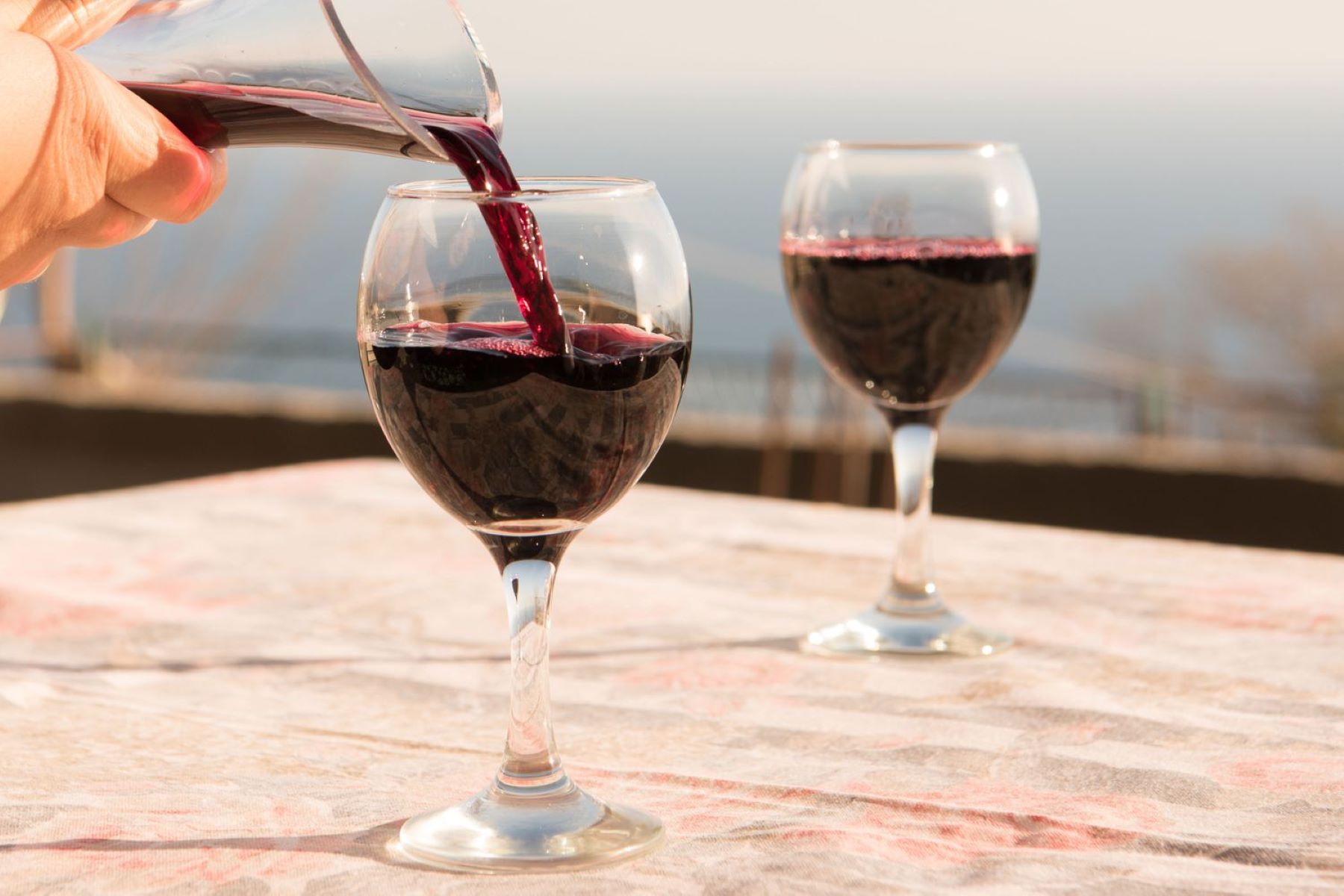
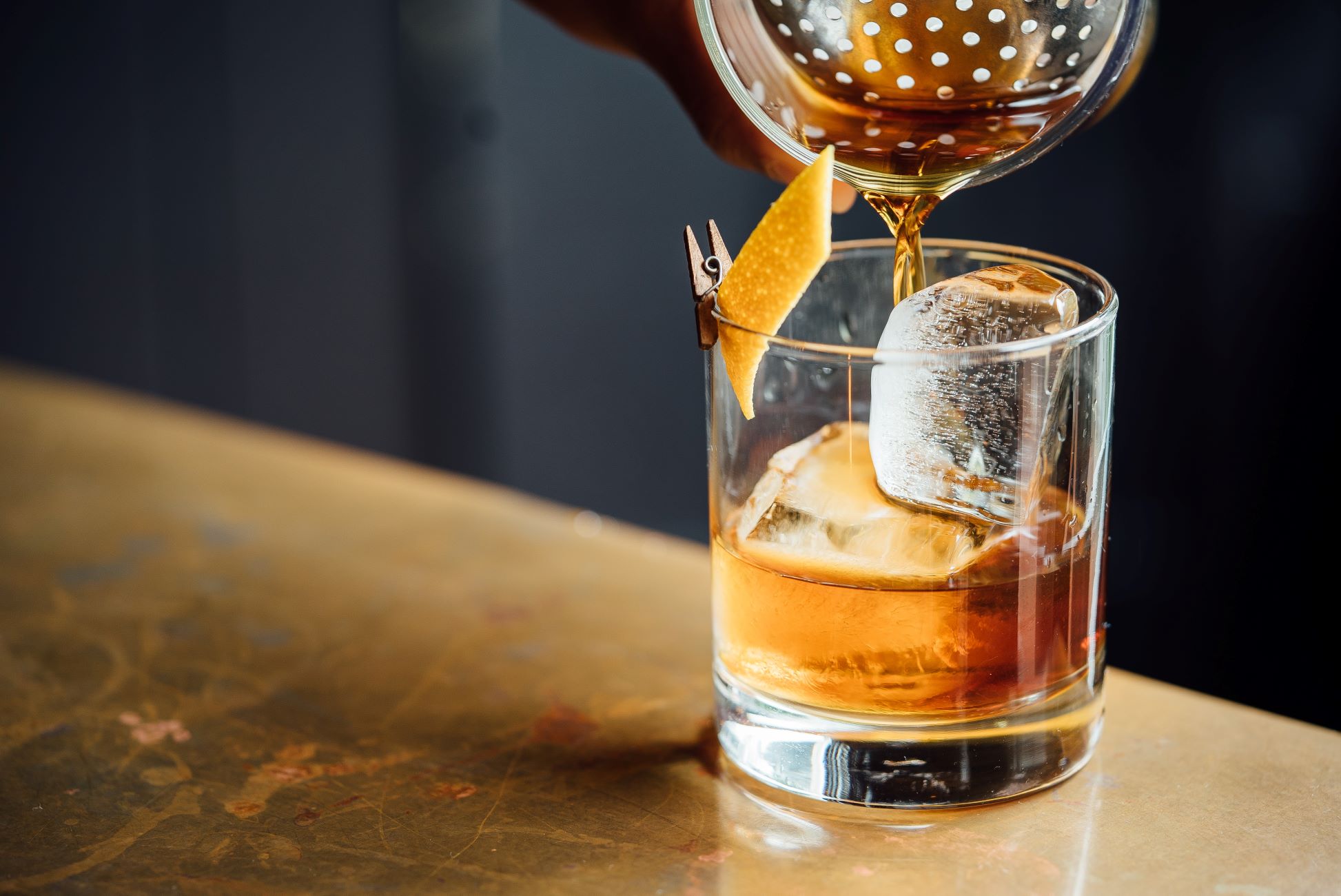
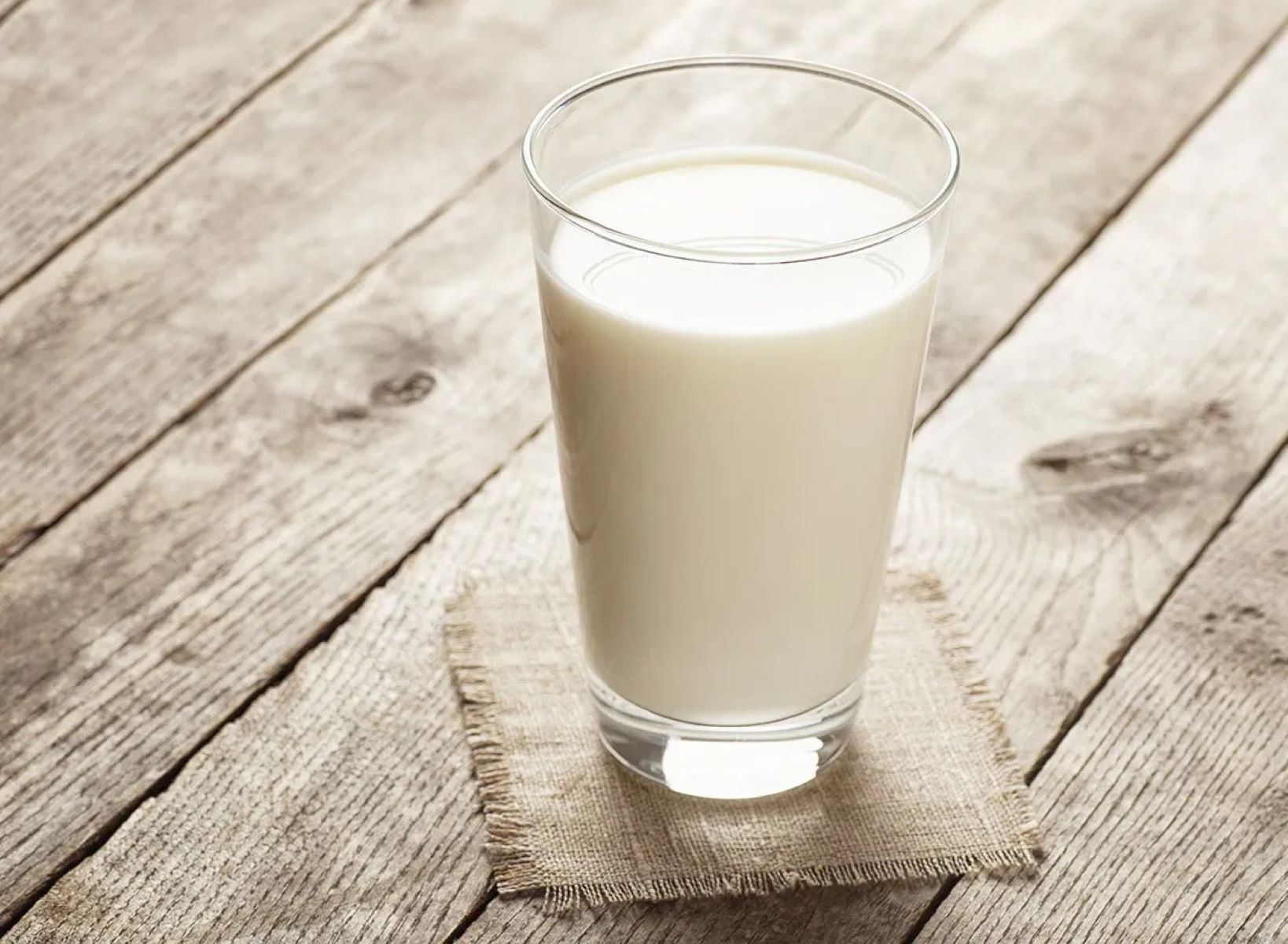


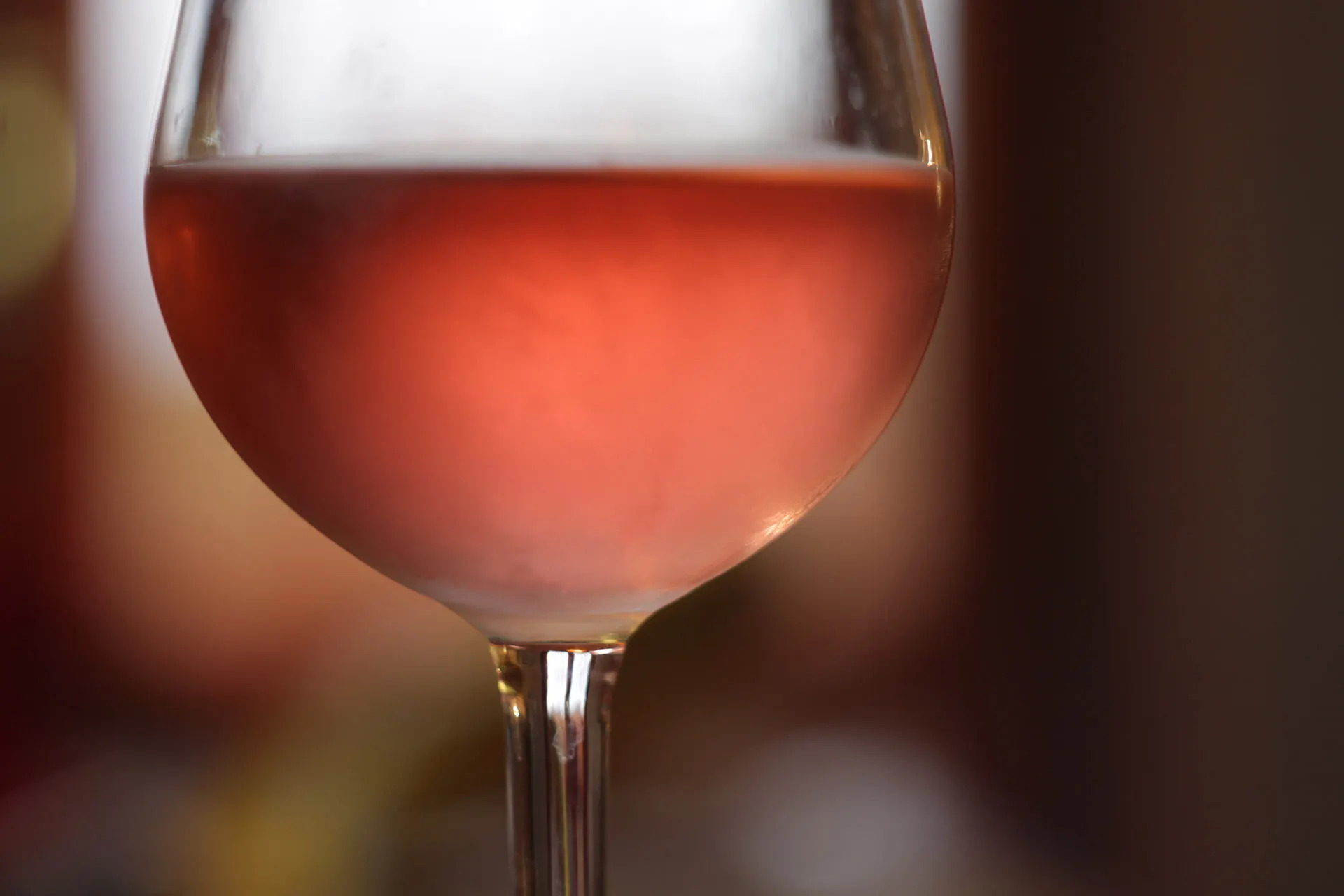

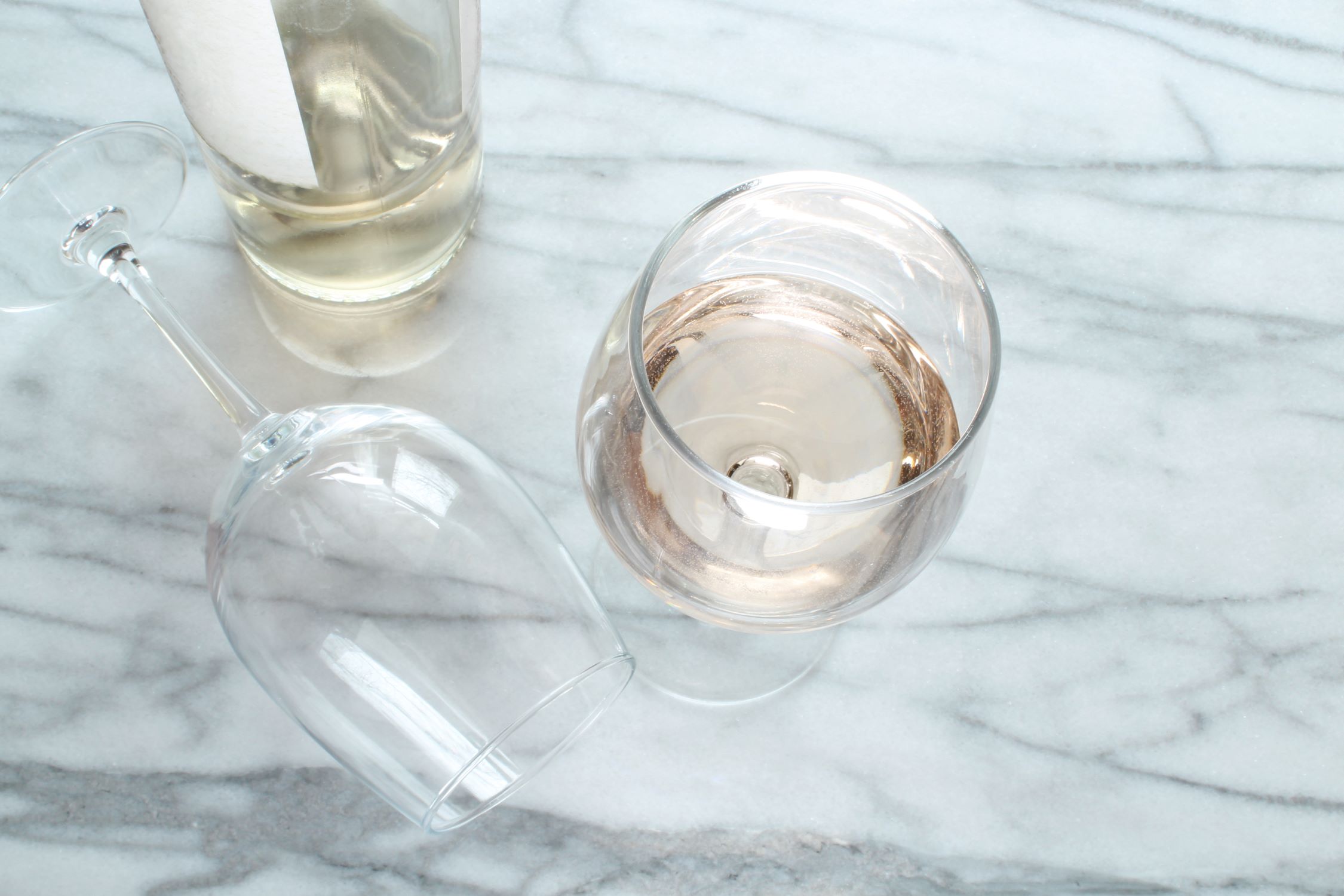
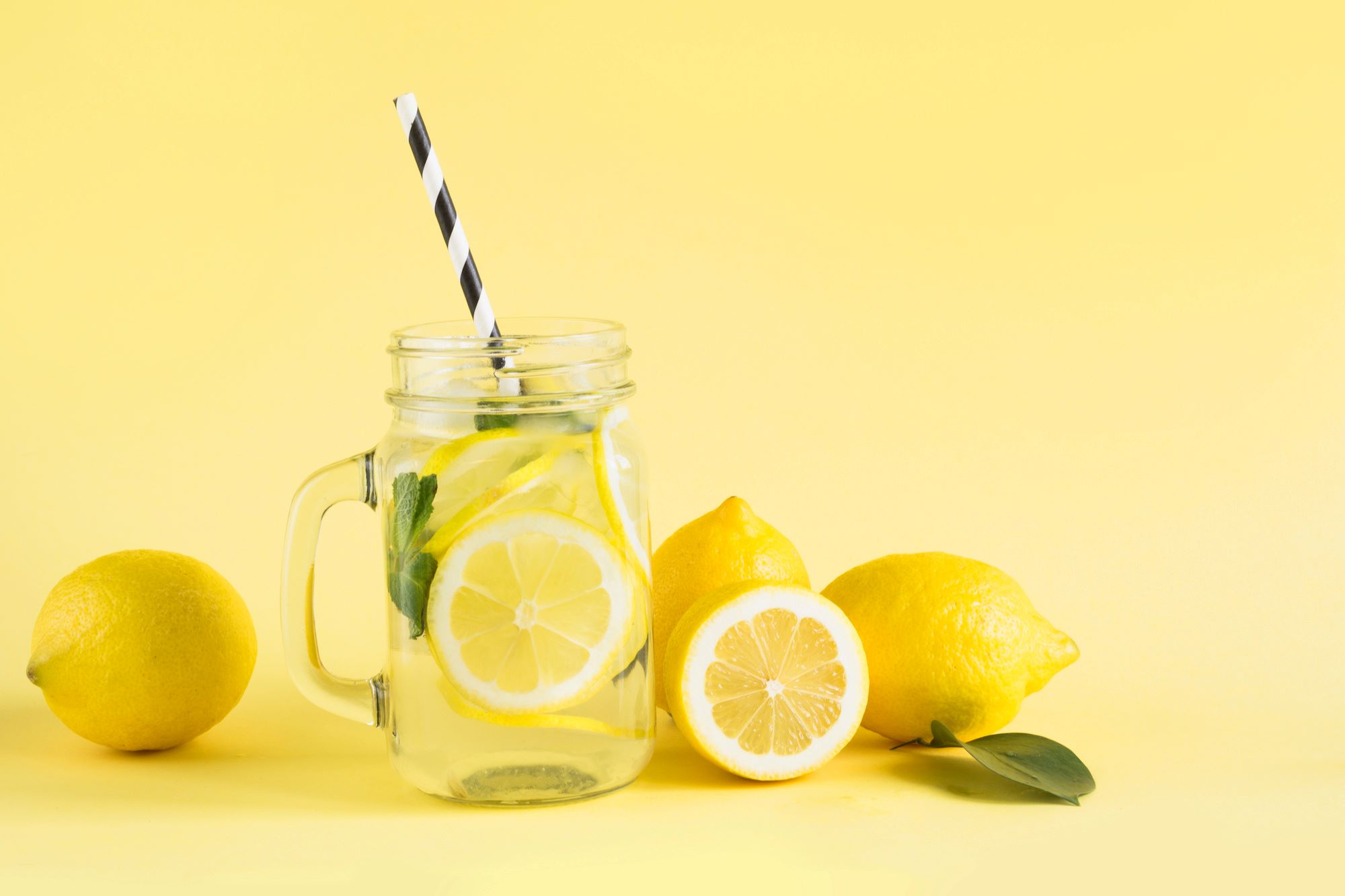

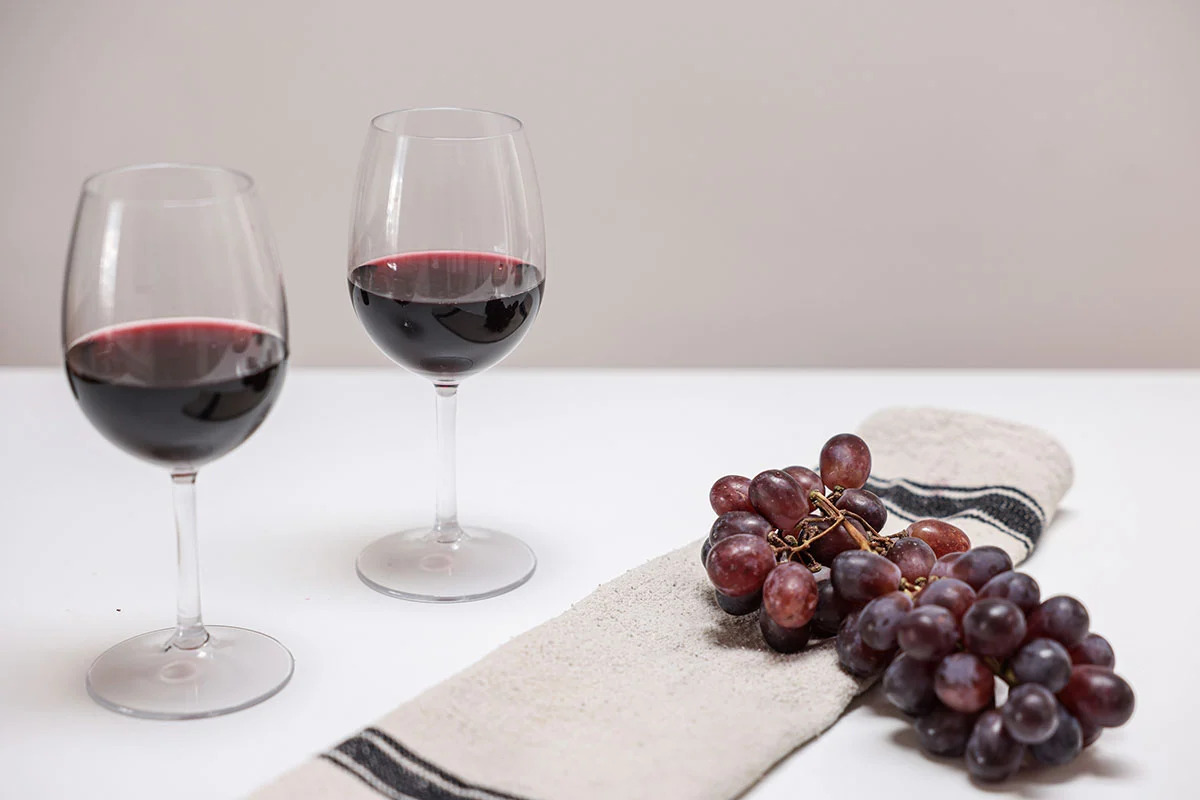


0 thoughts on “How Many Calories Is A Glass Of Red Wine?”